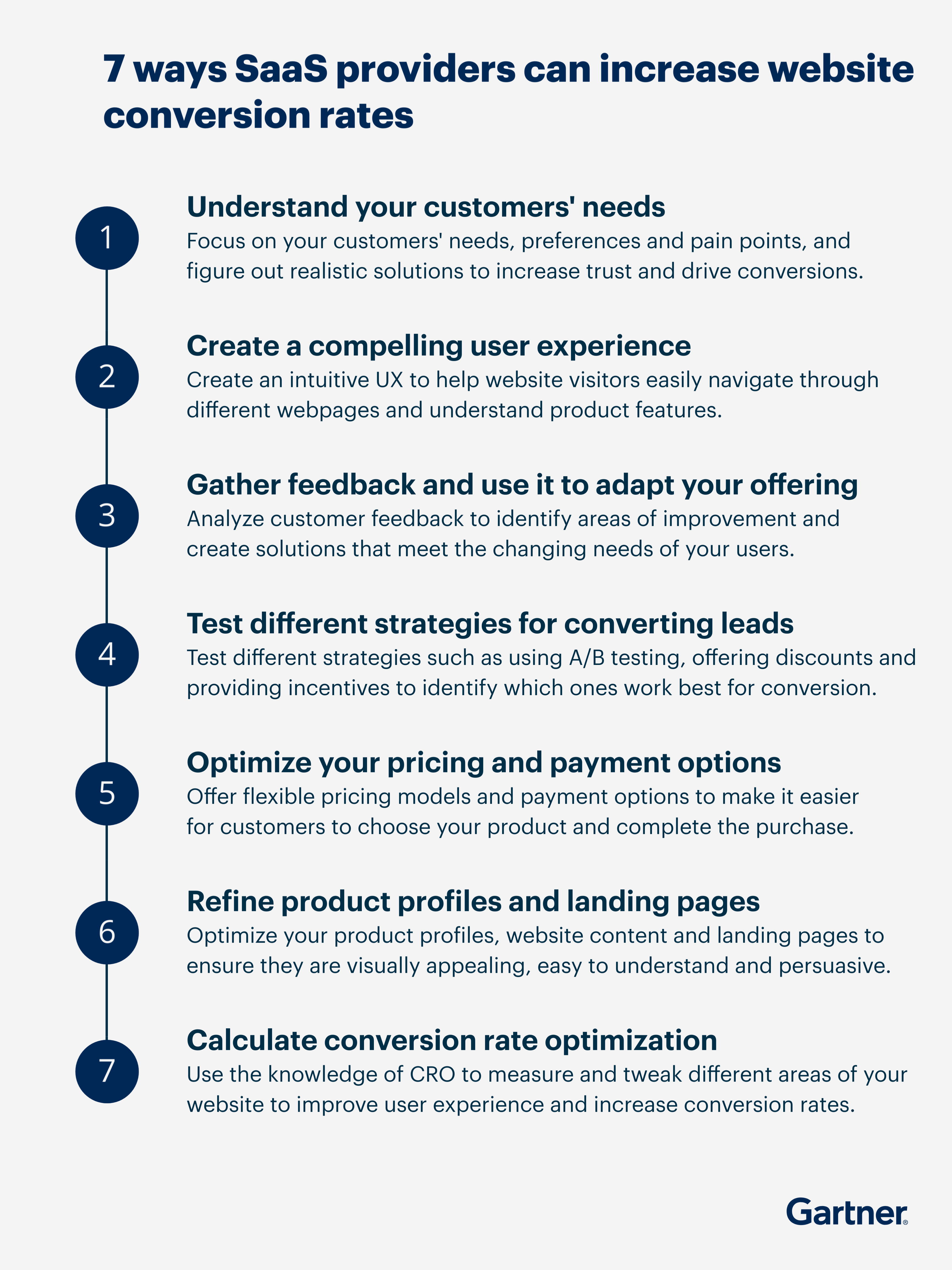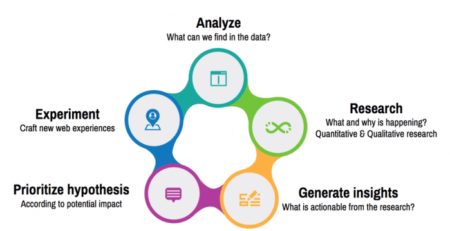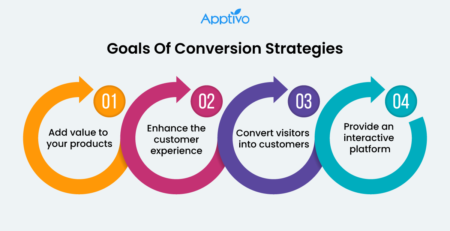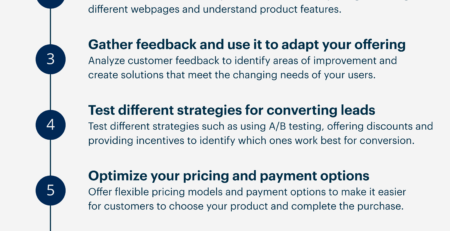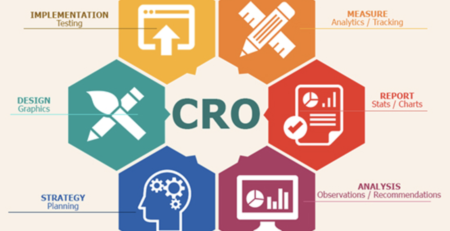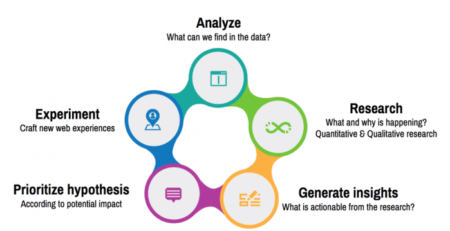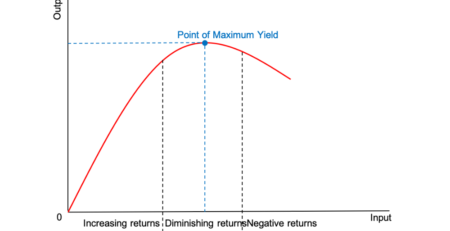How To Increase Conversion Rate In Digital Marketing?
Do you want to know how to increase your conversion rate in digital marketing? Well, you’ve come to the right place! In this article, we’re going to dive into some tried and true strategies that can help you boost your conversion rates and achieve your marketing goals. So, whether you have an online store, a blog, or a website, stick around to learn the ropes of increasing your conversion rate effectively.
First things first, let’s talk about what conversion rate actually means. Simply put, it’s the percentage of people who take a desired action on your website or landing page. This action could be making a purchase, signing up for a newsletter, or downloading an ebook. By increasing your conversion rate, you can turn more visitors into customers and achieve greater success in your digital marketing efforts.
Now, you might be wondering, “How can I improve my conversion rate?” Well, that’s exactly what we’re here to help you with! Throughout this article, we’ll explore various strategies such as optimizing your website design, creating compelling and persuasive content, and leveraging the power of social proof. By implementing these techniques, you’ll be well on your way to boosting your conversion rate and taking your digital marketing to the next level.
So, grab a pen and paper, get ready to take some notes, and let’s dive into the exciting world of increasing your conversion rate in digital marketing!
1. Optimize Your Website Design: Create a visually appealing and user-friendly website.
2. Use Compelling Call-to-Actions: Clearly guide visitors towards desired actions.
3. Improve Page Load Speed: Optimize images and minimize code to enhance loading times.
4. Employ A/B Testing: Test different elements of your website to identify what resonates with your audience.
5. Enhance Your Offer: Provide value and clear benefits to entice visitors to convert.
Implement these strategies to increase your conversion rate and achieve digital marketing success.
How to Increase Conversion Rate in Digital Marketing?
Digital marketing plays a crucial role in generating leads and driving sales for businesses. However, the ultimate goal is not just traffic or engagement—it’s converting those leads into paying customers. In this article, we will explore effective strategies to increase your conversion rate in digital marketing. By optimizing your website, improving user experience, and implementing targeted marketing tactics, you can maximize your conversion potential and drive tangible business results.
1. Crafting Compelling Landing Pages
The first step towards boosting your conversion rate is creating captivating landing pages. A well-designed landing page should have a clear call-to-action, concise and persuasive content, and visually appealing elements. Start by identifying the goal of your landing page, whether it’s collecting email addresses, promoting a product, or driving registrations for a webinar. Tailor your messaging to meet the needs of your target audience and address their pain points. Use compelling headlines, engaging visuals, and persuasive copy to entice users to take action.
Next, optimize your landing page for conversion by removing distractions and simplifying the user journey. Make sure your forms are easy to fill out, and only include essential fields to minimize friction. Incorporate trust indicators such as customer testimonials, reviews, and security badges to instill confidence in visitors. Additionally, use A/B testing to experiment with different elements on your landing page and identify the most effective combinations.
2. Optimizing Website Speed and Performance
One of the most influential factors in conversion rate optimization is website speed and performance. Users have little patience for slow-loading websites, and if your pages take too long to load, they are likely to abandon the site altogether. To improve your website’s speed, start by optimizing your images and reducing their file sizes without compromising quality. Compress CSS and JavaScript files, and leverage browser caching to reduce server response time.
Another crucial aspect of website optimization is mobile responsiveness. With the majority of internet users accessing websites from mobile devices, it’s essential to ensure that your website is mobile-friendly. Responsive design ensures that your site adapts seamlessly to various screen sizes, creating a positive user experience and increasing the likelihood of conversions.
3. Implementing Effective Call-to-Actions (CTAs)
Call-to-actions (CTAs) are vital to guiding users towards the desired action on your website. Whether it’s making a purchase, submitting a form, or signing up for a newsletter, a well-placed and well-designed CTA can significantly impact your conversion rate. Begin by defining the specific action you want users to take and craft a compelling CTA that clearly communicates that action.
To optimize your CTAs, consider their placement on your website. Position them strategically above the fold, ensuring they are easily visible and accessible to users. Use contrasting colors and dynamic designs to make your CTAs stand out from the rest of your content. Additionally, consider incorporating urgency, scarcity, or value propositions in your CTAs to further incentivize users to convert.
More Strategies to Increase Conversion Rate in Digital Marketing
4. Personalization and Segmentation
Tailoring your marketing efforts to individual users can significantly impact conversion rates. Implement personalization by using data and insights to create targeted and relevant content for different segments of your audience. Segmenting your audience based on demographics, behaviors, or interests allows you to send personalized messages, offers, and recommendations that resonate with each group.
5. Social Proof and Testimonials
Building trust is crucial for increasing conversions. Incorporate social proof on your website in the form of testimonials, reviews, case studies, or success stories. Highlighting positive experiences from satisfied customers can help alleviate doubts and encourage visitors to convert. Consider featuring testimonials on your landing pages, product pages, and checkout processes to boost credibility.
6. Streamlining the Conversion Funnel
Analyzing and optimizing your conversion funnel is essential for identifying any drop-off points and improving the user journey. Use analytics tools to track user behavior and identify areas where users are exiting the funnel. Address any issues, reduce friction, and provide additional information or incentives to guide users towards conversion. Streamlining the conversion funnel can lead to higher conversion rates and increased revenue.
7. Retargeting and Remarketing
Retargeting and remarketing tactics can be effective in re-engaging users who have shown interest in your products or services. By displaying targeted ads to users who have visited your website or engaged with your brand, you can stay top-of-mind and encourage them to return and convert. Customize your messaging and offers based on their previous interactions, providing them with a personalized experience that increases the chances of conversion.
In conclusion, increasing your conversion rate in digital marketing requires a comprehensive approach that focuses on optimizing various aspects of your marketing strategy. By crafting compelling landing pages, optimizing website speed, implementing effective CTAs, personalizing your marketing efforts, leveraging social proof, streamlining the conversion funnel, and utilizing retargeting tactics, you can enhance your conversion rate and achieve your business goals. Remember, continuous testing, analysis, and optimization are key to ongoing success in digital marketing.
Key Takeaways: How to Increase Conversion Rate in Digital Marketing?
- Make your website user-friendly and intuitive.
- Create compelling and persuasive call-to-action buttons.
- Optimize your landing pages to improve conversions.
- Offer social proof through testimonials and reviews.
- Implement remarketing strategies to target potential customers.
Frequently Asked Questions
Are you looking to increase your conversion rate in digital marketing? Here are some common questions and answers that might help you achieve your goal.
1. How can I optimize my website for better conversion rates?
To optimize your website for better conversion rates, start by analyzing your current data. Look for any bottlenecks or friction points in the user journey and address them. Simplify your website design and make sure it’s easy to navigate. Use clear and compelling call-to-action buttons to guide users towards desired actions. Improve the loading speed of your pages to avoid any abandonment. Lastly, create persuasive and relevant content that speaks to your target audience.
Another valuable tactic is to implement A/B testing. This involves creating different versions of your website and measuring their performance to determine what works best for your audience. By continually testing and refining your website, you can make data-driven decisions to optimize and increase your conversion rate.
2. What role does content play in increasing conversion rates?
Content is a crucial component in increasing conversion rates. Firstly, make sure your content is targeted and relevant to your audience’s needs and preferences. It should address their pain points and offer valuable solutions. By providing useful information and demonstrating your expertise, you build trust and credibility with your audience, increasing the likelihood of conversions.
Secondly, optimize your content for search engines. Conduct keyword research to understand what your target audience is searching for, and incorporate those keywords naturally throughout your content. This helps improve your visibility in search engine results, increasing the chances of attracting qualified traffic. Engaging and persuasive content, paired with proper optimization, can significantly impact your conversion rate.
3. How can social media marketing contribute to increased conversion rates?
Social media marketing can be a powerful tool for increasing conversion rates. Firstly, it allows you to reach a wide audience and generate brand awareness. By creating compelling and shareable content, you can attract new followers and engage with your target audience. Building a strong social media presence helps establish trust and credibility, making users more likely to convert.
Moreover, social media platforms offer various advertising options that allow you to target specific demographics or interests. You can create tailored campaigns to reach the right people at the right time. By directing users to optimized landing pages or lead generation forms, you can capture their information and drive conversions. Additionally, social media provides an opportunity for social proof through user-generated content and reviews, which can further influence conversions.
4. How can personalized email marketing campaigns boost conversion rates?
Personalized email marketing campaigns can have a significant impact on conversion rates. By segmenting your email list based on various factors like demographics, preferences, or purchase history, you can create targeted and relevant email content. Personalization makes your emails more engaging and increases the chances of conversions.
In your email campaigns, focus on delivering value to your subscribers. Provide exclusive offers, discounts, or valuable content that aligns with their interests. Use enticing subject lines to grab attention and compel recipients to open your emails. A well-crafted email can lead users to take the desired actions, such as making a purchase, signing up for a trial, or downloading a resource, ultimately increasing your conversion rate.
5. What role does user experience (UX) design play in improving conversion rates?
User experience (UX) plays a crucial role in improving conversion rates. A well-designed website or app that provides a seamless and intuitive user experience creates a positive impression and increases user satisfaction. When users have a positive experience, they are more likely to trust your brand and convert.
Focus on optimizing key UX elements, such as website navigation, page load speed, and responsive design. Ensure that your website is mobile-friendly, as an increasing number of users access the internet through their smartphones. Use clear and visually appealing layouts that guide users towards the desired actions. By making the user journey smooth and enjoyable, you remove potential barriers to conversion and increase your chances of success.
How to Get Better Conversion Rates for Your Marketing Campaign?
Summary
If you want to increase conversion rate in digital marketing, here’s what you need to do. First, make sure your website is user-friendly and easy to navigate. Second, create compelling and engaging content that grabs the attention of your audience. Third, optimize your website for mobile devices, as more and more people are accessing the internet through their smartphones. Fourth, use clear and persuasive call-to-action buttons to encourage users to take the desired action. Finally, track and analyze your conversions to identify what’s working and what’s not, so you can make data-driven improvements.
In conclusion, increasing conversion rate in digital marketing requires a strategic approach. By focusing on user experience, creating compelling content, optimizing for mobile, using persuasive calls-to-action, and analyzing data, you can improve your conversion rates and achieve greater success in your digital marketing efforts. So, if you’re ready to take your conversions to the next level, start implementing these strategies today!

